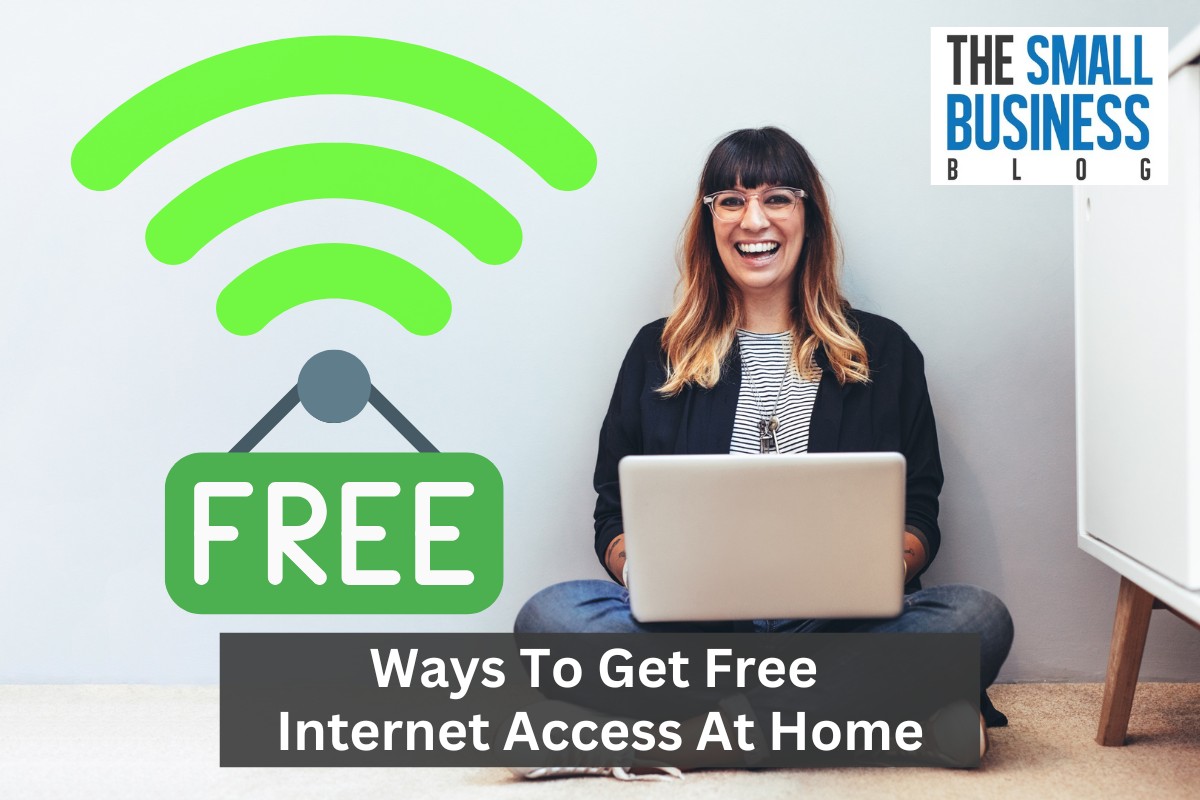The internet has become as fundamental to our daily lives as electricity or water.
“10 Ways To Get Free Internet Access At Home” isn’t just a catchy title; it’s a testament to the innovative solutions available in the digital age.
The internet not only connects us to the world but also serves as a primary source of entertainment, education, and professional work.
However, monthly internet bills can be a burden for many.
Imagine being able to browse, stream, and work online without worrying about those costs.
It might sound too good to be true, but there are legitimate ways to access the internet for free right within your home.
Join us as we delve into these methods, ensuring you stay connected without denting your wallet.
Post Contents
10 Ways To Get Free Internet Access At Home
In our technologically driven era, the internet has become an indispensable tool for work, education, and social interaction.
As the digital age progresses, the demand for consistent and high-speed internet has skyrocketed.
However, the associated costs can be a significant burden for many households.
If you’re exploring avenues to minimize this expense, here are the top 10 methods to secure free or affordable internet access at home:
1. Neighborhood WiFi

In densely populated areas or apartment complexes, it’s common to detect multiple WiFi networks.
One cost-effective method to access the internet is by connecting to a generous neighbor’s WiFi.
With their permission, you can enjoy internet access without any charges.
However, it’s crucial to understand that this method might not offer the same security or speed as a personal connection.
It’s always recommended to use such networks for basic tasks and avoid sharing sensitive information.
2. FreedomPop
FreedomPop stands out as a unique solution in the realm of free internet access.
They provide users with a hotspot device that comes with a monthly allowance of 500MB.
While this might seem limited, it’s adequate for tasks like checking emails, browsing news, or updating social media.
However, users should be cautious and monitor their usage, as exceeding the limit might result in additional charges.
3. NetZero
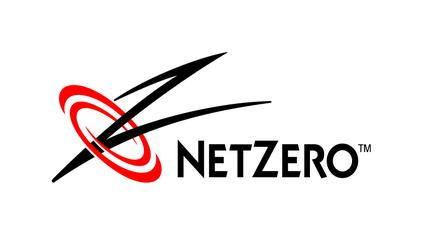
A name that resonates with many from the early days of the internet, NetZero continues to offer value. Their free plan provides 200MB of internet data every month.
This might not support streaming or large downloads, but it’s perfect for light browsing, checking emails, or online shopping.
They also have premium plans for those who need more data, but their commitment to offering a free tier is commendable.
4. Municipal Wireless Network
Some cities, in a bid to offer their residents more connectivity options, have set up Municipal Wireless Networks.
These are free networks covering specific parts of the city or, in some cases, the entire city.
While it’s a fantastic initiative, the speed and reliability might vary.
Moreover, these networks often require users to be within certain city zones, making it a great option when you’re out and about but perhaps less ideal as a primary home internet solution.
It’s essential to remember that while this method offers free access, it might require users to be in specific locations, making it less suitable for consistent home use.
Always research the service’s terms and conditions to ensure it meets your needs.
5. EveryoneOn.org
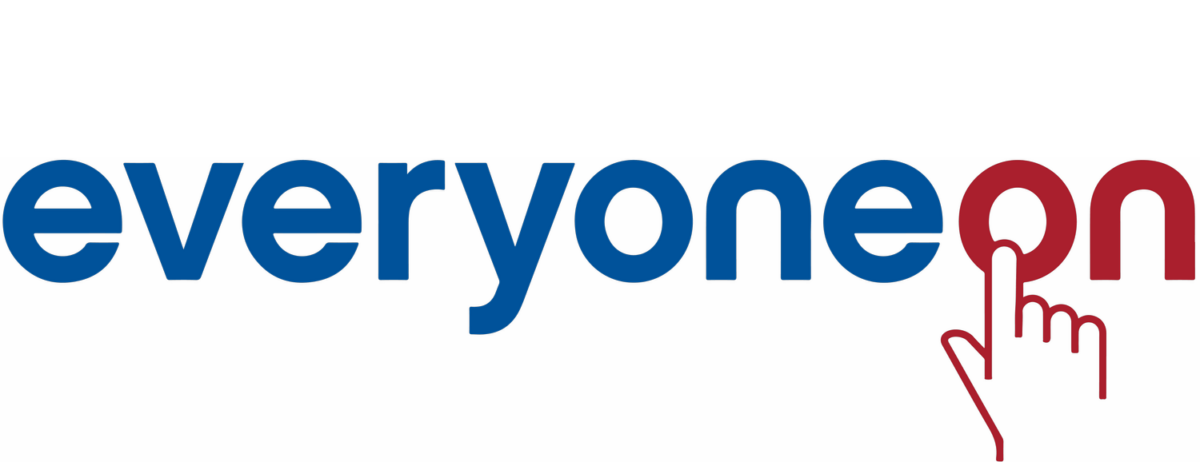
Digital inclusivity is the driving force behind EveryoneOn.org.
This program, in partnership with various ISPs, aims to provide free or low-cost internet to eligible individuals and families.
Whether it’s for students who need to access online resources or families who want to stay connected, EveryoneOn.org offers a range of plans.
Some are entirely free, while others come at a reduced cost, ensuring that more people can access the digital world.
6. Internet Provider Wi-Fi
Many internet service providers (ISPs) offer complimentary Wi-Fi hotspots in various locations, from shopping centers to cafes.
Subscribers can access these hotspots for free, providing a seamless internet experience even when they’re away from home.
While this doesn’t directly reduce your home internet costs, it can save on mobile data expenses.
However, it’s crucial to remember that the speed and reliability of these hotspots can vary.
Always ensure you’re connected to a secure network, especially when accessing sensitive information.
7. Public Library
Public libraries have long been bastions of knowledge, and in the digital age, they’ve adapted to offer more than just books.
Most libraries provide free public Wi-Fi to visitors, making them a valuable resource for those without home internet.
Some libraries even offer device lending programs or allow patrons to check out mobile hotspots.
While this method requires you to be at the library, it’s a reliable and safe way to access the internet.
Plus, you can take advantage of the myriad of other resources libraries offer.
8. Businesses Offering Free WiFi
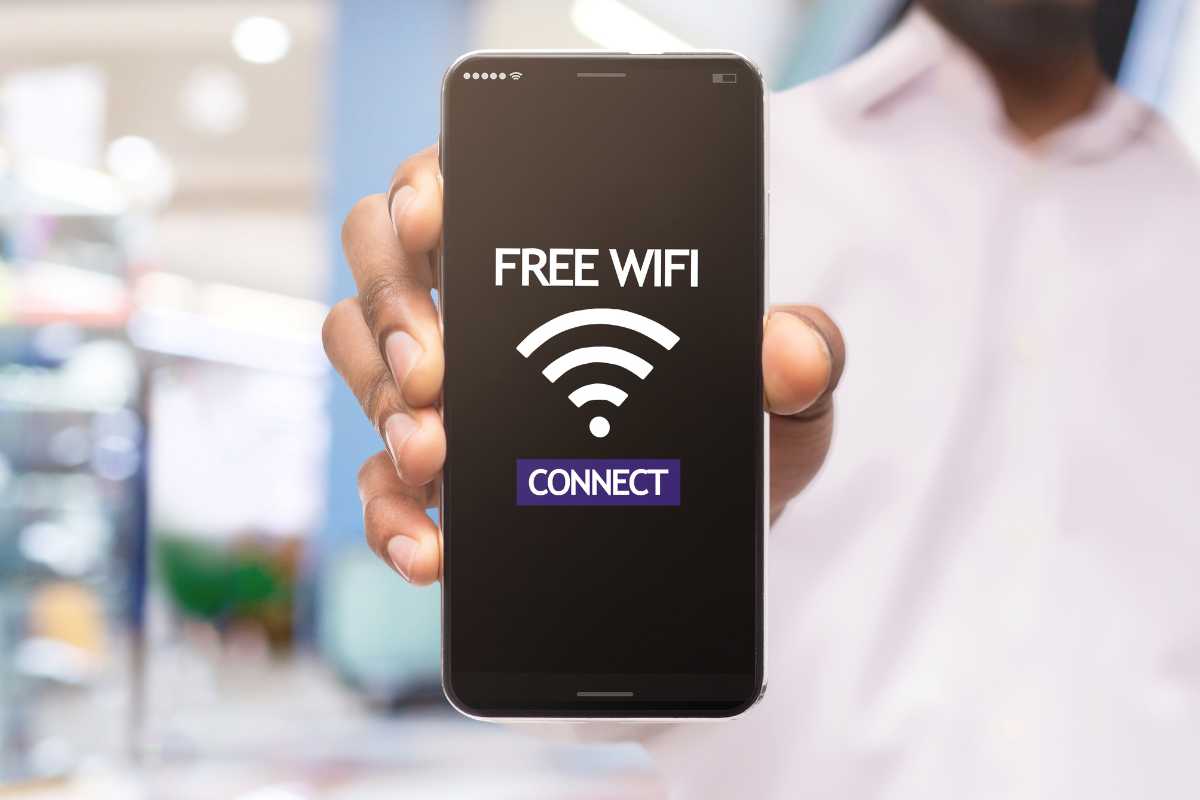
Several businesses, including Starbucks, McDonald’s, and the Apple Store, provide free Wi-Fi to their customers.
It’s a strategy to attract more patrons and enhance their in-store experience.
While this isn’t a solution for home internet, it’s perfect for those times when you’re out and need to check something quickly.
However, public networks can have security vulnerabilities.
It’s advisable to avoid online banking or other sensitive tasks when connected to these networks.
9. Local Hot Spots
Many towns and smaller communities are recognizing the importance of internet access and are setting up local hotspots or “Muni WiFi” for residents.
These hotspots are often located in public areas like parks, town squares, or community centers.
While they offer free internet, the range might be limited, and you might need to be in a specific location to access them.
It’s a commendable initiative by local governments to ensure that everyone has internet access, but it’s essential to be aware of the limitations.
10. ISP Hotspots
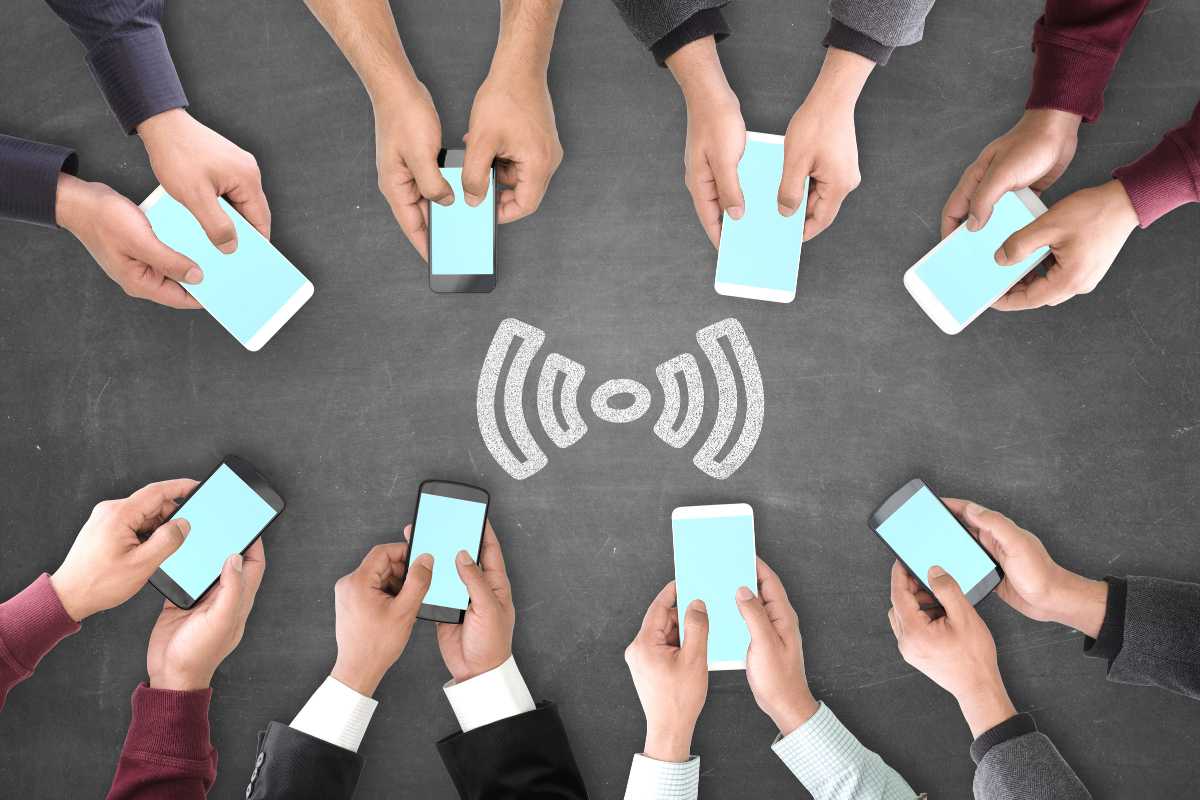
Some major Internet Service Providers have set up hotspots in various locations, allowing their subscribers to connect for free.
These hotspots can be found in many urban areas, providing a quick internet fix when you’re away from home.
It’s a value-added service for subscribers and can be especially handy if you’re traveling and need to find a reliable internet connection.
However, like other public networks, it’s crucial to ensure you’re accessing secure sites and not sharing sensitive information.
Tips for Maximizing Your Free Internet Experience
- Use Multiple Sources: Don’t rely solely on one free internet source. By combining several methods, like using a local hotspot for heavy tasks and a limited data plan for essential browsing, you can optimize your usage.
- Stay Updated: Service providers and municipalities often update their offerings or expand their coverage. Regularly check their websites or community boards for any new developments or improved services.
- Optimize Data Usage: If you’re on a limited data plan, use data-saving modes on browsers, disable automatic updates, and avoid high-data activities like streaming.
- Invest in a Good Antenna: If you’re accessing distant WiFi networks or municipal networks, a strong antenna can boost your signal strength and improve connectivity.
- Be Cautious with New Providers: New providers might offer free trials or promotional offers. While these can be tempting, always research the provider’s reputation and read user reviews before signing up.
- Educate Yourself on Digital Security: Even if you’re accessing the internet for free, your security is paramount. Learn about basic digital security practices, such as using strong, unique passwords and enabling two-factor authentication where possible.
FAQs
How Secure Are Public WiFi Networks Like Those in Businesses or Libraries?
Public WiFi networks, such as those in cafes or libraries, are generally less secure than private networks.
It’s advisable to avoid accessing sensitive information, like online banking when connected to these networks.
Always ensure you’re connecting to the official network of the establishment, and consider using a VPN for added security.
Are There Any Hidden Costs Associated with “Free” Internet Services?
While many services advertise as “free,” there might be associated costs or limitations.
For instance, some might offer a limited amount of data for free and then charge for additional usage.
Others might have speed restrictions or display ads.
It’s essential to read the terms and conditions and be aware of any potential charges.
Can I Rely on Municipal Wireless Networks as My Primary Internet Source?
Municipal wireless networks are a great initiative by cities to provide residents with internet access.
However, their speed, reliability, and coverage might vary.
While they can be a good backup or supplementary option, relying on them as a primary internet source might not be ideal, especially if consistent and high-speed connectivity is required.
Conclusion
In our exploration of the 10 Ways To Get Free Internet Access At Home, it’s evident that the digital age offers a plethora of options for those seeking connectivity without breaking the bank.
From leveraging neighborhood WiFi to tapping into municipal networks, there are various avenues to explore.
However, it’s crucial to note that not all these methods are accessible directly from home, and some might come with associated costs or limitations.
The quest for free or affordable internet is a testament to its importance in our daily lives.
Whether for work, education, or entertainment, having reliable internet access is paramount.
While the methods highlighted provide valuable alternatives, always ensure you’re well informed about their terms and potential costs.
It’s all about finding the right balance between cost, convenience, and reliability.







